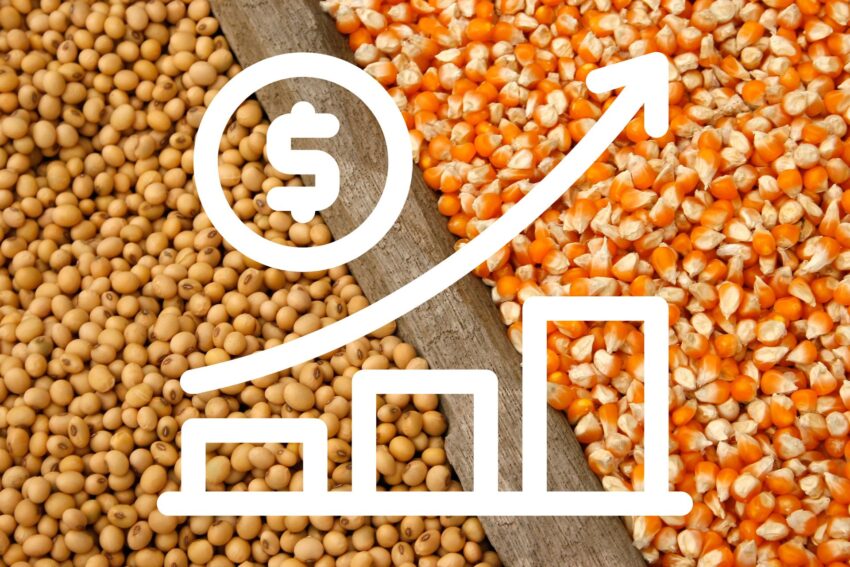On Friday, the USDA released its latest World Agricultural Supply and Demand Estimates (WASDE) report, which significantly influenced the grain markets, particularly corn and soybeans. Here’s a detailed look at how these markets responded and what might be expected moving forward.
Chicago #corn and #soybean futures rose on Monday to multi-month highs after the U.S. government on Friday said production of both crops last year was lower than previously thought and cut its estimate for end-of-season U.S. stocks.https://t.co/17dv99TURo
— FarmPolicy (@FarmPolicy) January 13, 2025
Corn Market Response
The USDA slashed the US corn production estimate for the 2024/25 marketing year by 7 million metric tons (MMT) to 377.6 MMT. This was a sharper cut than many analysts had anticipated, leading to a notable reduction in ending stocks to 39.1 MMT, down 5 MMT from the previous month and below market expectations by 3.4 MMT.
The report’s figures on corn yield and production were lower than expected, which tightened the supply outlook and spurred a bullish market reaction. Chicago Board of Trade (CBOT) corn futures soared, with prices reaching multi-month highs. Specifically, March corn contracts saw a significant increase of over 15 cents per bushel, touching levels not seen since mid-June. This unexpected reduction in supply forecasts led to a rally in corn prices, as traders and investors adjusted their positions to reflect the new, tighter supply situation.
Soybean Market Response
Similar to corn, the soybean yield and production estimates were cut more than analysts anticipated. The USDA reported a drop in soybean yield to 50.7 bushels per acre (bpa), significantly below the average trade guess of 51.6 bpa, leading to a decrease in total production.
Soybean ending stocks were also revised downwards by 90 million bushels to 380 million for the 2024/25 marketing year, contributing to a bullish outlook. Soybean futures rallied notably, with March contracts jumping 24 cents to $10.23 per bushel after reaching highs not seen since November 12. The market’s reaction was driven by the realization that global soybean supplies might not be as burdensome as previously thought, prompting a reevaluation of forward positions.
Predictions and Market Dynamics
The rally in both corn and soybean prices could persist for several weeks, given the surprise in the data. However, the sustainability of this rally will hinge on several factors:
Weather in South America: If Brazil and Argentina experience favorable weather conditions, this could temper the rally by ensuring a robust South American crop. Conversely, adverse weather could extend the current price surge.
Global Demand: Continued or increased demand from major importers like China will be crucial. A surge in demand could prolong the rally, while a slowdown might lead to price stabilization or a correction.
Resistance Points and Farmer Selling
Corn: There might be resistance around the $4.70 to $4.80 per bushel range, where previous highs have met sell-offs. Farmers might start selling if prices approach or breach this level, particularly if they anticipate a return to lower prices post-rally.
Soybeans: With prices jumping significantly, farmers could look to sell at around $10.50 to $11.00 per bushel, considering this a good opportunity to lock in profits, especially if they believe the market might not sustain these highs long-term.
Long-term Considerations
The WASDE report has set a bullish tone, but as with any market, fundamentals will eventually dictate direction. Farmers will need to watch for changes in global production estimates, particularly from South America, which could shift the supply narrative. They should also be aware of U.S. planting intentions for the upcoming season, which could influence future supply expectations.
While the WASDE report has catalyzed a bullish market for corn and soybeans, the longevity of this rally will be determined by ongoing supply developments and demand dynamics. Farmers should prepare for potential selling opportunities but remain vigilant to broader market signals that might prompt a shift in price trends.


